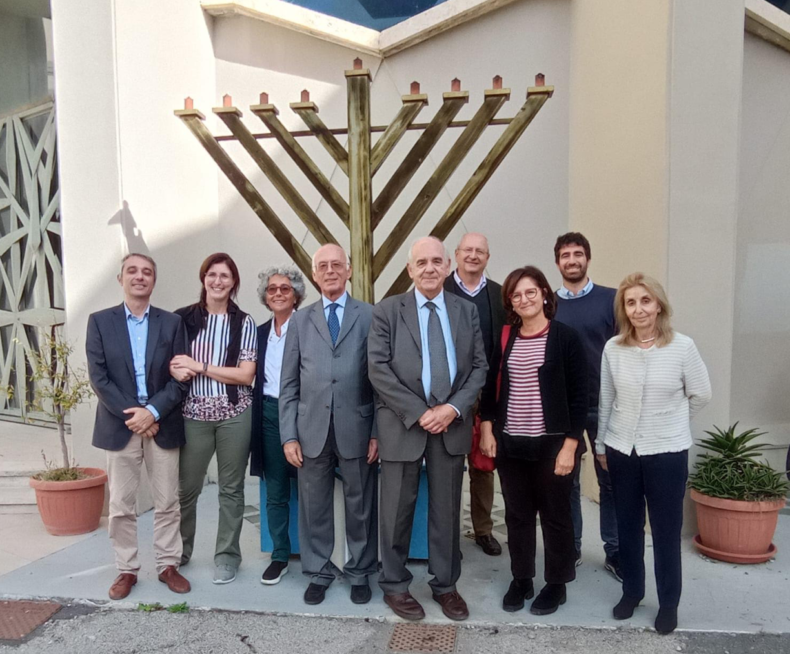Jewish cultural heritage, a year of important challenges

To plan and implement the multi-year programs in progress and to launch new projects. These the two fronts on which the Jewish Cultural Heritage Foundation in Italy will focus in the coming months, and they are equally “important for a year that promises to be intense after the full resumption of activities in 2022”, as president Dario Disegni remarked on the sidelines of a meeting of the Foundation Council held in Livorno.
The goal of the encounter was to restore “what, before the pandemic, had become a custom: to organize at least one Council meeting a year in a location and city other than the institutional one”, so ass to open also a conversation with the leadership and members of the Community and to elaborate further hints and opportunities. To circulate ideas and strengthen a close cooperation channel, it is essential, says Disegni, that these meetings take place and the Foundation can leave its mark. For example, by enhancing “the recovery of a cultural asset under definition”, whose execution was entrusted to the architect Renzo Funaro.
The meeting took place last week close to an important anniversary for Livorno: the 60th anniversary of the inauguration of the new synagogue, built in the same area as the seventeenth-century one that was for centuries one of the most beautiful in Europe and then suffered irreversible damage during WWII. “Jewish Livorno – remembers Drawings – is today the custodian of a heritage of great value. Think about what you can find at Yeshiva Marini. There are testimonies, including papers, that we aim to make known as part of the I-tal-ya Books cataloging project that sees the Foundation working alongside UCEI, National Central Library of Rome, National Library of Israel, and Rothschild Foundation Hanadiv Europe”. In this direction, “the goal is to accelerate, with the hope of being able to present the results in October next year”, a not accidental date given that in that period an important international conference will take place on the 200th anniversary of the birth of Elia Benamozegh. Rabbi, exegete and intellectual among the most important in the glorious history of Leghorn Judaism.
2023 will see various challenges on the horizon. In this context, Disegni remarked, particular attention will be paid to the relaunch of the UCEI Bibliographic Center recently entrusted to the care of the Foundation. The assessment of its president is that the first months of management of the center have seen significant changes of pace compared to the past, also through “the establishment of an authoritative scientific committee and the creation of a staff limited in size but very professional and sincerely passionate”.
At the same time, the work for cataloguing the heritage will continue. “The creation of the portal where all the cataloged assets will be available is certainly a result of great importance” stresses Disegni, focusing on one of the latest achievements. In general, the promotion of heritage is also progressing positively “thanks to the website and the growing investment on social media to stimulate quality cultural tourism”.
2023, continues Design, will also see “an important advancement in the restoration and enhancement project of the Valdirose cemetery in view of the fundamental appointment of Nova Gorica and Gorizia as European Capitals of Culture 2025”. Closer in time, an exhibition on synagogues and Jewish cemeteries” which will be held at the MEIS – National Museum of Italian Judaism and the Shoah”.
The architect Andrea Morpurgo curated “this extraordinary and unprecedented exhibition, supported in this by the director of the museum Rabbi Amedeo Spagnoletto and the curator Sharon Reichel.
Conferences, seminars, and assignment of research grants to young scholars “will complete the picture of the activities planned”. “Contacts with the Jewish communities, at whose service the Foundation places itself” will also be intensified, concludes Di Segni.
